INTRODUCTION
This is foremost a pedagogical thread, here to help budding builders have a positive first experience.
There seems to be something of a no-man's land between the various random and vaguely suspect Theremin circuits to be found on the web vs. the available kit offerings, or at least that seems to be the consensus around here. So I'm starting this thread to post my investigations and circuit ideas, and I encourage others to do so as well. If you have questions regarding my circuits or theory I'll do my best to answer them; if you think you've found something wrong I'm all ears. All I ask is that criticism be kept constructive and non-personal, and that the hawking of outside projects be kept to a minimum.
A simple analog Theremin can make a good first project for one looking to get one's feet wet with the musical side of electronics, though Theremins are complex enough to sustain lifelong interest.
Analog Theremins generally get their "voice" from the heterodyning process (non-linearly mixing two high frequencies together and taking the difference frequency). The modification of pitch sensitivity and linearization in an analog Theremin is usually implemented via a parallel tank / series EQ coil construct, a configuration that dates back to the earliest Theremins, and was also a favorite of Bob Moog. The volume side of things is usually an oscillator feeding a bandpass filter, the rectified output of which is used to control a VCA.
GOALS
1. The main goal of this thread is to come up with at least one complete (pitch and volume) analog Theremin circuit that:
- is simple
- is inexpensive
- is stable
- is tolerant of active component substitutions and passive value changes
- uses components that will be readily obtainable for the foreseeable future
- is easy to setup, tune, and maintain
- is sufficiently low voltage and low current to enable battery powering
- has sufficient voltage swing at the antennae
2. A secondary goal of this thread is to lay down some theoretical groundwork in common engineering terms. This is NOT to yack the ears off of passerby and drown them in tens of pages of thread, nor an attempt to destroy the inherent beauty and mystery of the Theremin, but to grasp what is going on in the most concrete way possible, to further our understanding of it, and to enable meaningful communication between developers and experimenters.
3. NOT goals of this thread:
- to produce an improved Theremin
- to push the state of the art in analog Theremin design
IMPLICATIONS
To meet the goals, I intend to go the simplest and most direct route possible. This immediately rules out:
- the parallel tank & EQ inductor configuration, which IMO is difficult to tune and maintain
- exotic coils like IF transformers, low self-capacitance scramble wound RF chokes, etc.
- expensive multi-plate panel mount variable capacitors
- OTA op-amps, 2/4 quadrant multiplier/mixer ICs, etc.
- photoelectric means of controlling the volume envelope
All generic R and C fixed value passives are fine. Inductive passives should be untapped enclosed ferrite chokes or single layer air core. For actives, I think JFETs are probably OK, but generic bipolar transistors (2N2222, 2N3904, 2N3906, etc.) are preferred from an availability standpoint. CMOS gates are borderline (but some kind of circuit employing them might be fun to include). Generic opamps are borderline from a supply current, I/O swing perspective. Linear regulators are fine.
It's not like the old days when transistors were uber expensive. So the use of extra transistors for buffering and such shouldn't be discouraged if they suppress undesired interactions in the circuit and don't add too much to the overall complexity.
I understand oscillators from the digital side of things so that's where I'll start. My knowledge of analog mixing and volume control is less fleshed out, so I'm sure I'll pull a boner now and then and would highly appreciate any advice in those directions.


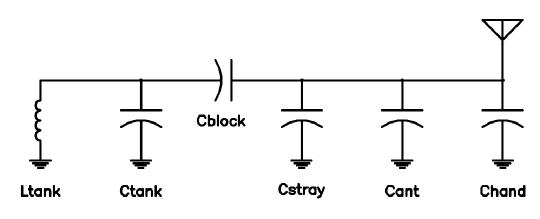
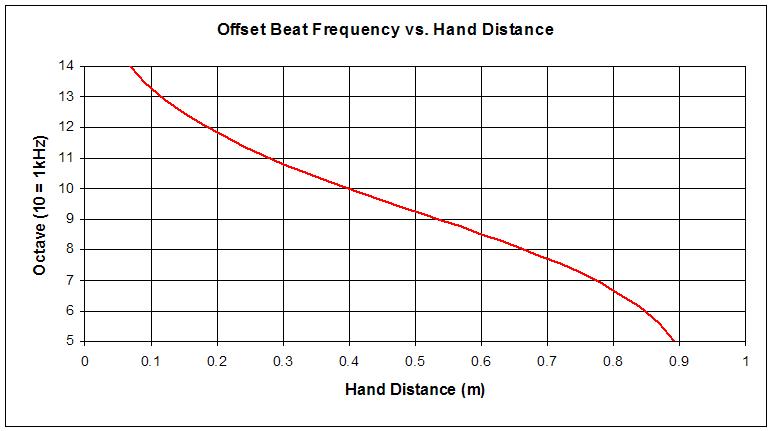
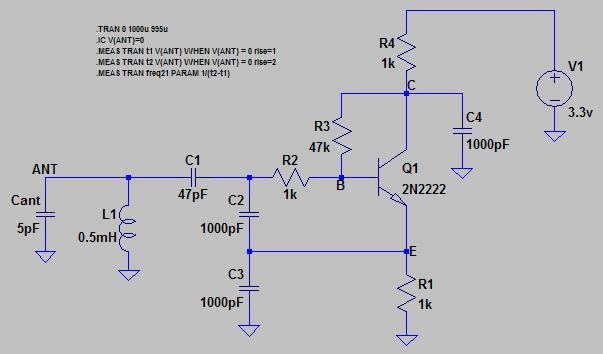

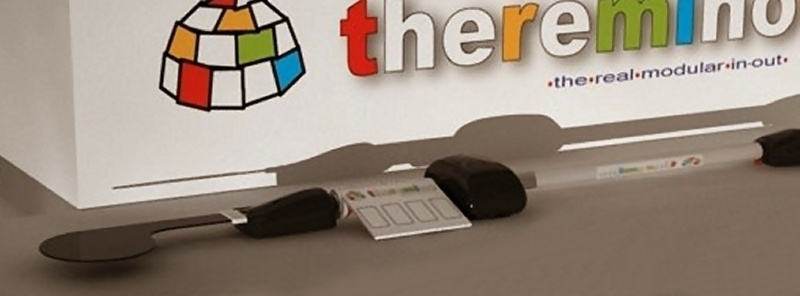
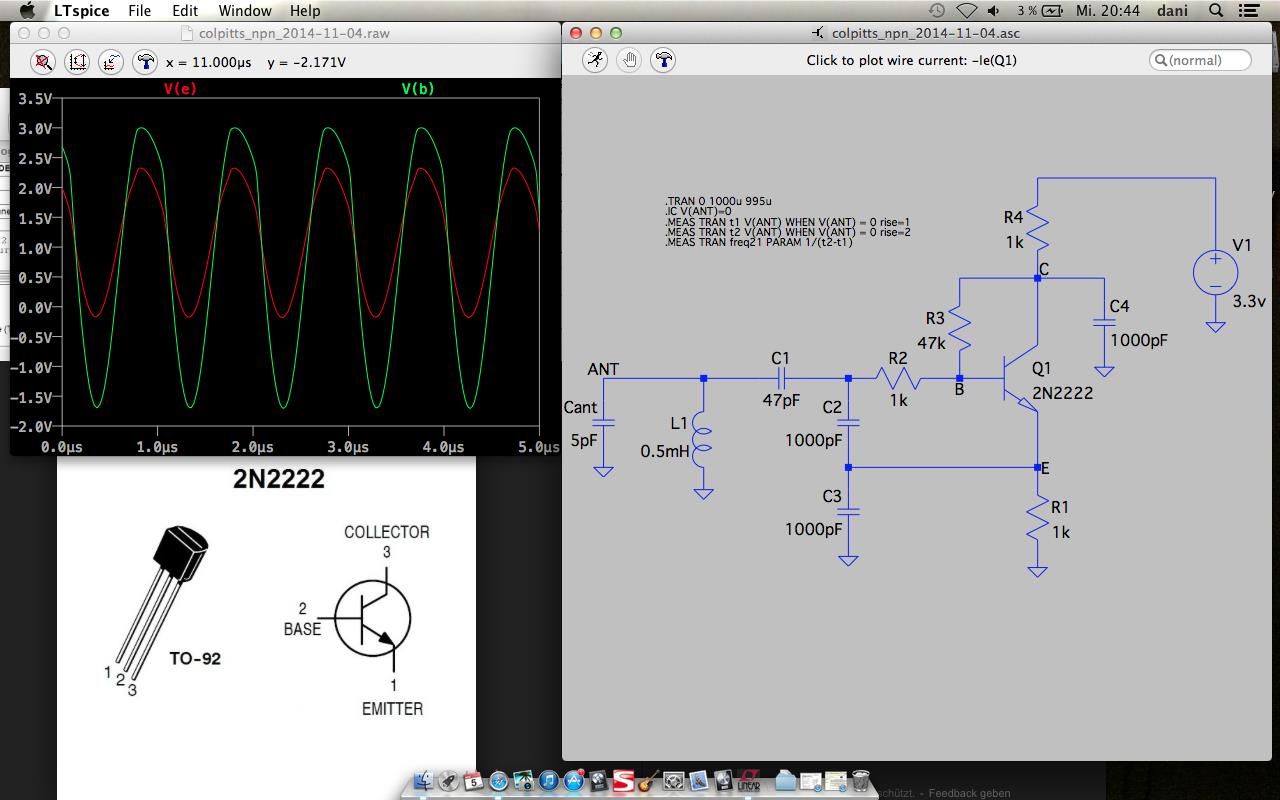 the c b e points in your schematic does make sense. stupid me.
the c b e points in your schematic does make sense. stupid me.